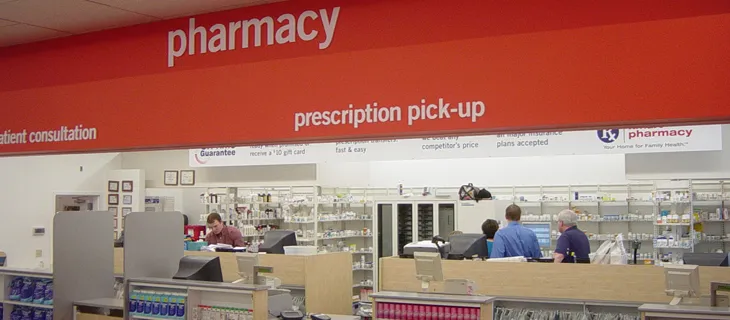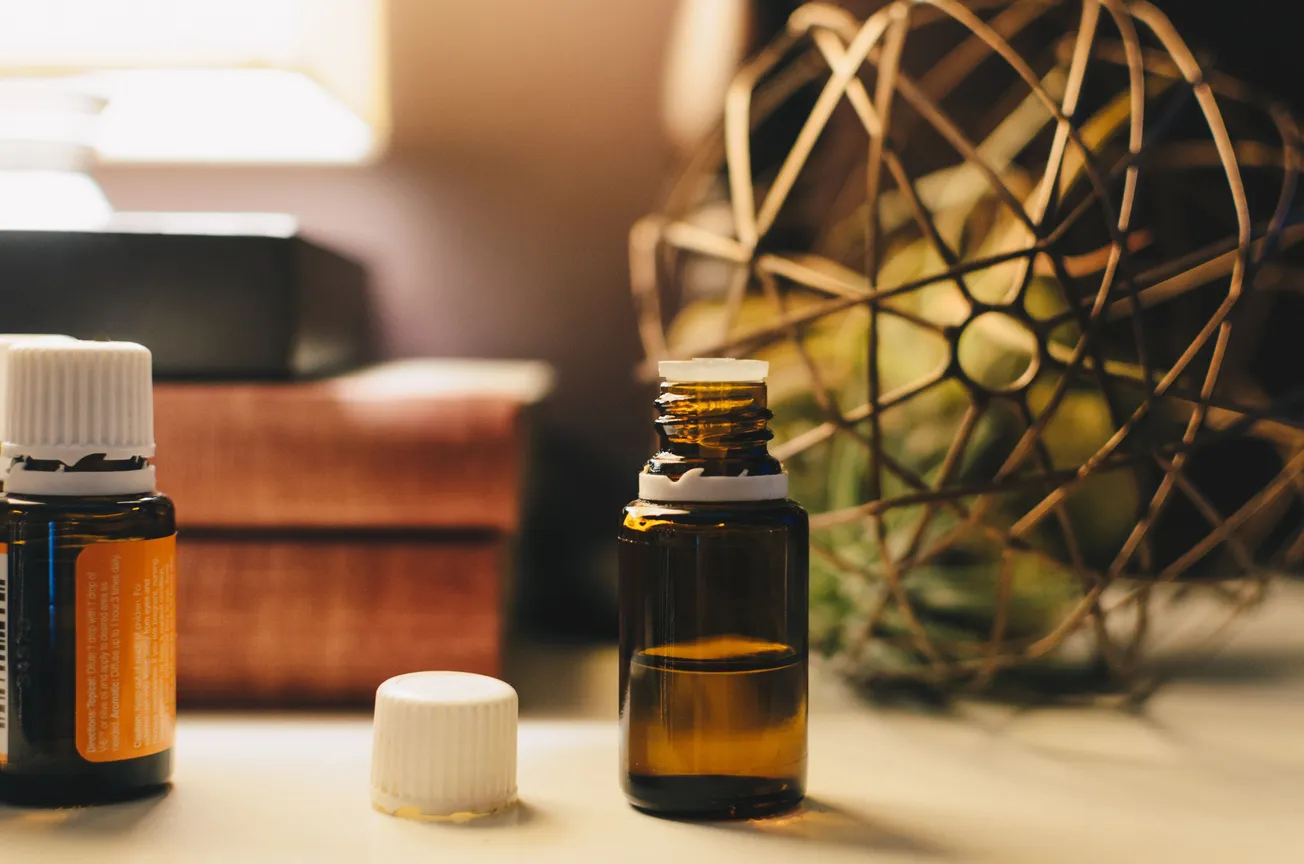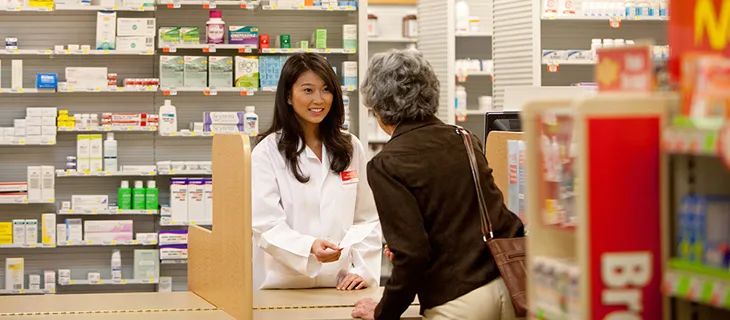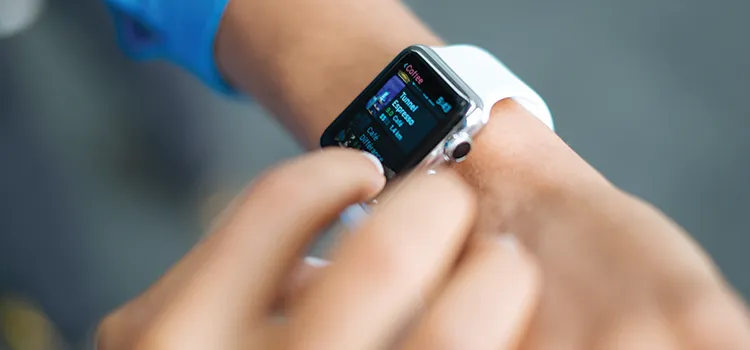
Lari Harding
The last three years have been very tough for retail pharmacies. Reimbursement rates have declined, formularies are more complex, preferred networks are becoming more aggressive, access to specialty drugs that are driving innovation is still limited, generic drug prices are deflating, and DIR fees are consuming more than 2% of sales revenue. At the same time, online sales of medical supplies, durable medical equipment and specialized pharmacy packaging are growing in volume and impact.
The result is a retail pharmacy business that is struggling to generate sales volume sufficient to overcome a very thin margin. Mounting financial pressures are triggering mergers and acquisitions, selling off of prescription files, new grocery and mass merchandise stores without a pharmacy, and valuation challenges. The ultimate, and unfortunate, outcome may be fewer retail pharmacies and less health care access for patients.
The reality is, it’s becoming increasingly difficult to make money in the retail pharmacy business. But it’s not impossible — if retailers are willing to think beyond dispensing and pursue “retail inspired” strategies that leverage existing assets and technologies.
According to the Drug Channels Institute’s 2019 Economic Report on U.S. Pharmacies and Pharmacy Benefit Managers, retail pharmacy gross margins average 3% to 6% for brand name prescriptions and 40% to 50% for generic prescriptions. While generic gross margins are higher by percentage, the total dollars captured are much lower and deflating. As a result, the volume of prescriptions that pharmacies must fill in order to cover fixed costs and overhead — while fighting to remain profitable — is growing exponentially. And with 2% of sales revenue committed to covering DIR fees, net margins are all but disappearing.
According to Zacks Investment Research: “One might gain a fair idea of the industry’s relative valuation from its price-to-earnings ratio (P/E ratio), which is commonly used for valuing retail pharmacy and drug store companies. The industry is currently trading at a forward 12-month P/E ratio of 8.02, which is lower than its median level of 14.87 over the past five years. We also see that the industry is trading lower than the broader industry’s forward P/E ratio of 17.42.”
When evaluating the state of a pharmacy business, and exploring strategies for improving success, it is critical to review the complete set of assets held by the pharmacy. Among a pharmacy’s largest assets is its existing customer base. Enabling deeper relationships with these shoppers helps drive more frequent visits and larger baskets. Pharmacy shoppers should be recognized as being the most valuable shoppers in today’s challenging retail environment and should be a central focus for growth strategies.
Here are four critical strategies — focused around pharmacy shoppers — that can improve pharmacy financial performance:
• Capitalize on the convergence of health care, beauty and self-care.
Seven percent of Google searches are health care related, equivalent to 70,000 every minute. Consumers are searching for information on a host of health care issues and are actively looking for guidance on how to treat themselves. Pharmacies should leverage their credibility and media assets — website, pharmacy app, Facebook page, etc. — to aid consumers in this effort and, in doing so, develop a more personal relationship with pharmacy customers.
Pharmacies need to serve consumers the content that they need when, and how, they want to receive it. This can be through a variety of tools, patient stories, chat bot experiences, etc., that demonstrate an understanding of needs and that deliver the products and services that make the pharmacy a first choice for primary care. Further translating this content into unique online and in-store experiences is key to brick-and-mortar survival. Shoppers will reject overtly transactional approaches in these efforts but reward retailers who personalize engagement in both the message and approach.
• Cater to the product assortment needs of the pharmacy shopper.
A pharmacist’s recommendation of complementary front-store products that can augment prescriptive treatments will grow sales. By using the personalization solutions available in loyalty programs and digital networks, pharmacies can seamlessly deliver relevant offers for vitamins or other front-store products that are based on the needs of the patient. Through loyalty programs that include digital offers, the pharmacy can provide shoppers with a frictionless experience that fosters trial and further strengthens the pharmacist-patient relationship.
These recommendations, informed by shopper data and promoted through pharmacist input, can deepen shopper loyalty to the pharmacy. The Inmar 2018 Shopper Behavior Study found that 53% of shoppers want relevant offers made available to them based on purchase habits. Additional data show that shoppers are willing to opt in to loyalty programs and other personal assistant programs that make their lives easier.
• Prioritize in-store health care services and become a destination point for consumers.
Major retailers are already committing to increasing the health services they provide consumers. In June of this year, CVS announced that it would open 1,500 HealthHUBs and devote 20% of its retail space to in-store health services — focusing on preventive care, wellness activities and education, and management of chronic conditions such as asthma and diabetes.
Walgreens also has a number of health service projects in place. And Walmart has a new pharmacy designed to provide customers with more personal attention. Increasing clinical services and specialty pharmacy services are on the agenda for virtually all retail pharmacies.
As a health care destination point, pharmacies can grow clinical services revenue and increase the utilization of the pharmacy. All of this will create new traffic in stores while supporting consumer needs for convenience, self-care tools and whole health.
Retailers have expanded in the areas of vaccinations, episodic care and nutritionists, and now they are experimenting with chronic care, salons, healthy food kitchens, eye care, dental care and more. According to Grand View Research, the U.S. retail clinic market, which was valued at $1.4 billion in 2016, is expected to grow to $7.3 billion by 2025.
• Carefully determine the pharmacy “sweet spot.”
Pharmacies perform financial analyses to help them quantify whether to participate in a preferred network or a specific contract. This process starts by understanding the customer base. What efforts are driving sales volume and total shopper spend? Is the cash pharmacy business growing, and what is being done to address the needs of that population? There is so much data available today. Combining the data with analytics, AI, etc., will provide pharmacies the ability to clearly identify which consumers fit the pharmacy “sweet spot.”
The better pharmacies know their shoppers, the more meaningful the data insights and actionable tools become. When pharmacies turn these insights into activations, they will be using their pharmacy as a growth driver for the entire retail business. The pharmacy team should be in close collaboration with the front-store team to capitalize on the most valuable shopper — the pharmacy shopper.
Retail pharmacy can survive the current financial squeeze and come out ahead with new markets, new consumers and loyal customers that will deliver profitability by focusing on which products and services are delivering positive return and determining which consumer segments should be targeted.
Retail is a far more cost-efficient delivery model for many health care services that are best delivered in person. The convenience of location offers a unique opportunity for “brick and click” e-commerce enablement, corresponding services and community health care delivery. Retail pharmacy is well positioned to be more convenient, and successful, in providing comprehensive health solutions in a single, experiential destination. A profitable, thriving retail pharmacy business is possible; pharmacies just need to get creative. And think beyond dispensing.
Lari Harding is vice president of strategy and marketing at Inmar.









